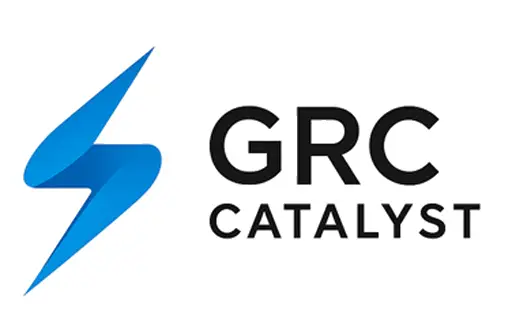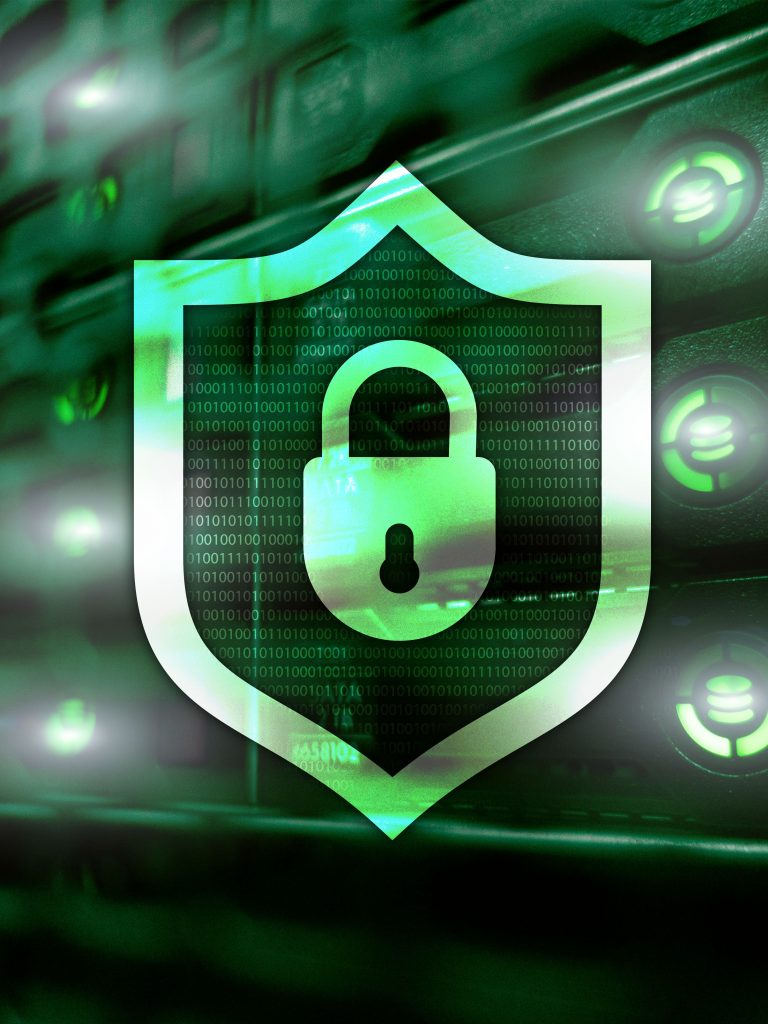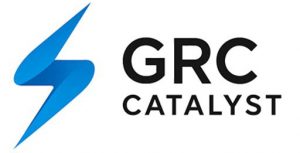What is GRC? And why is it important?
Governance, Risk, & Compliance - Explained

You may have heard the term Governance, Risk, and Compliance (GRC). Most people recognise the individual terms but may not appreciate how they work together. GRC not just an acronym or a tick-box exercise. People generally know organisations need effective governance, overseen by the Board. They know they need a risk register and to manage risks. And it’s obvious that companies need to comply with the law. However, GRC is more than the sum of its individual parts, it’s an umbrella that brings together a number of capabilities so they work seamlessly together to deliver company objectives.
The “G” in GRC stands for Governance. Governance is about the overall management and strategy of a company. It involves the rules, policies, and structures that support decision-making and aligns organisational activities with strategic goals. It defines who is responsible for what, how decisions are made, and ensures that the company operates ethically and in compliance with external regulations and internal policies.
The “R” stands for risk management. Every business faces risks, and these range from financial losses and security threats (like cyberattacks) to legal issues and operational failures. Risk management is the process of identifying, assessing, and mitigating these potential threats to minimise their negative impact on the business. However, risk management is not only about the downsides. Your risk management process should also identify, assess, and seize potential opportunities to maximise the positive impact.
The “C” is for compliance. Compliance requires adherence to a wide range of rules, regulations, laws, and internal policies. These can include government regulations (like GDPR for data privacy or the UK Bribery Act), industry standards such as the ABPI Code of Practice, or your company’s own code of conduct.
The three key pillars of GRC can be broken down as follows:
|
Pillar |
What’s included? |
Strategic Role |
|
Governance |
Decision-making frameworks, roles, and accountability structures |
Align actions with your values and strategy |
|
Risk |
Identification, assessment, and mitigation of threats and opportunities |
Protects your reputation, assets, and builds resilience |
|
Compliance |
Adherence to laws, regulations, and ethical standards |
Builds trust and ensures you can maintain your “license to operate” |
The term GRC was first adopted by the Open Compliance and Ethics Group (OCEG) more than 20 years ago to describe an integrated approach to what it calls “Principled Performance”. OCEG’s GRC Capability Model is an open-source framework that helps organisations to align governance, risk management, and compliance activities across departments and at all levels. GRC frameworks have since been adopted across a broad range of industries.
GRC is a structured way for companies to manage their operations. GRC helps an organisation to deliver strong performance, manage threats and seize opportunities, and stay in compliance with external legal and internal policy requirements through implementation of an integrated framework. But it’s more than that.
- GRC is cultural – GRC is not just a set of rules but the core of an organisation’s DNA. GRC reflects how an organisation thinks, decides, and behaves, embedding accountability and integrity into every action.
- GRC is strategic – effective GRC goes beyond avoiding risk. It is a strategic enabler that supports growth, fosters innovation, and builds resilience, giving you the confidence to capitalise on new opportunities.
- GRC is evolving – the world is evolving, and GRC frameworks must adapt constantly. The risk of automation, AI, and global complexity demand a flexible approach to stay ahead.
- GRC is inclusive – at its heart, GRC is built on psychological safety, ethical leadership, and stakeholder trust. It creates an environment where people feel safe to speak up and where ethics guide every decision.
- GRC is scalable – GRC frameworks need to flex to fit operational needs. It can be tailored to suit any situation, from small startups to multinational organisations operating across different sectors.
This comprehensive perspective ensures your GRC framework is not a static document but a living system that evolves with your business, empowers your people, and builds lasting trust with all stakeholders.
At GRC Catalyst, we can help you move beyond compliance as an obligation and embrace it as a strategic driver for a sustainable, successful future.
Please note – the concepts and ideas in this article are mine or have been referenced; I developed the body of the text and conducted the final editorial check. I used AI as a tool for research, to improve the flow and grammar of the article, and to check for factual inaccuracies
Need Data Privacy advice?
GRC Catalyst can support you by strengthening data protection, translating GDPR and sector-specific requirements into frameworks that work for you.
Need tailored GRC support? We’re here to help
Let’s shape something together.
Whether you have a question, a challenge, or a vision to bring to life, we’re here to help. Get in touch – we’re listening!


